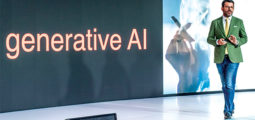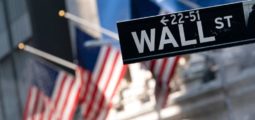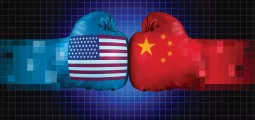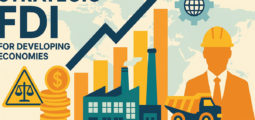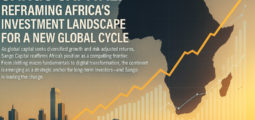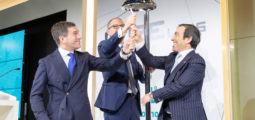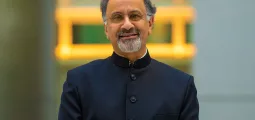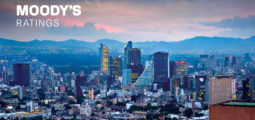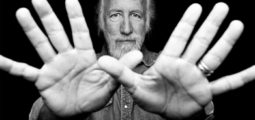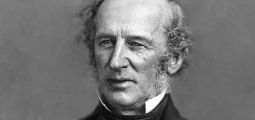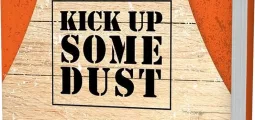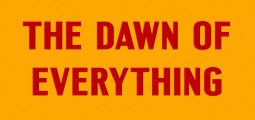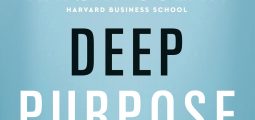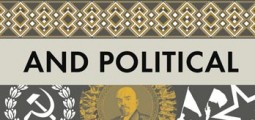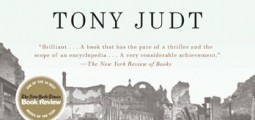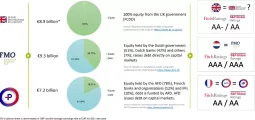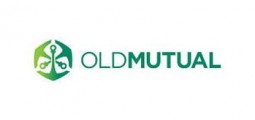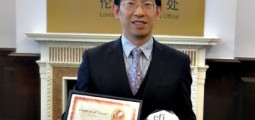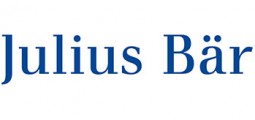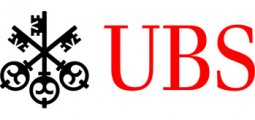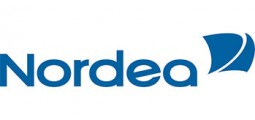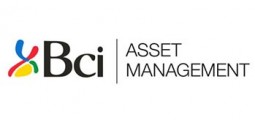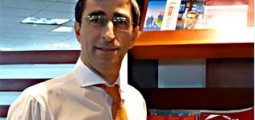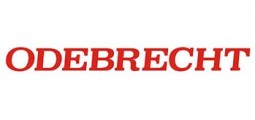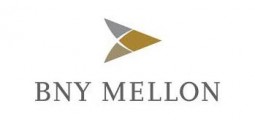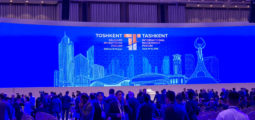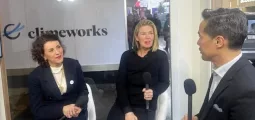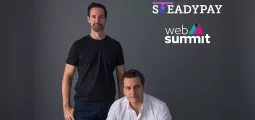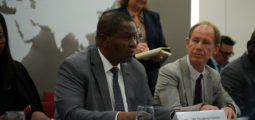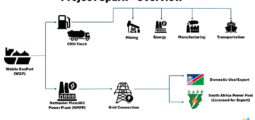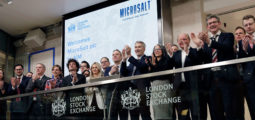The Unseen Shift: How Creeping Normality Rewrites Our World
Gradual, barely perceptible shifts can normalise the unacceptable—reshaping everything from corporate decision-making to ecosystems and civil discourse. Understanding “creeping normality” is essential to resisting silent decline.
In an age of instant communication and headline-grabbing shocks—a market convulsion, a breakthrough in science, a convulsive political moment—we are primed to notice the dramatic. Yet many of the most consequential transformations arrive quietly. They advance by increments, too subtle to provoke alarm at any single step, until a once-unthinkable state of affairs feels ordinary. This is creeping normality: the process by which societies acclimatise to radical, often undesirable, change.

Popularised by Jared Diamond in Collapse: How Societies Choose to Fail or Succeed, the concept explains how a chain of small, individually defensible decisions can cumulate into disaster. It is the proverbial boiling-frog parable: when the temperature rises slowly, the creature never leaps. In human systems, the same logic applies—familiarity blunts vigilance, path dependence narrows imagination, and yesterday’s exceptions become today’s rules.
Corporate Drift: When Caution Erodes into Catastrophe
The business world offers a cautionary register. Catastrophe seldom erupts without a prelude; it is preceded by normalised deviance, where practices once deemed unacceptable are reclassified as tolerable because “nothing bad happened last time.”
The Challenger shuttle tragedy in 1986 was not an unforeseeable bolt from the blue but the end point of incremental risk acceptance. Engineers had long flagged concerns about O-ring performance in cold conditions. Initially, those warnings triggered delay and review. Over successive “successful” launches, tolerance for erosion crept upward, reframing an exception as an acceptable parameter. Schedule pressure, reputational stakes and group dynamics did the rest. On the day of the launch—colder than previous thresholds—the programme crossed a line that earlier standards would have prohibited.
Financial markets rehearsed a similar logic ahead of the 2008 crisis. What began as occasional exceptions to credit standards hardened into normal practice. As subprime originations proved lucrative, underwriting loosened; layered securitisations and CDOs abstracted risk from its source; models assumed stability because recent history suggested it. Each innovation nudged the boundary a fraction, and each quarter “without incident” ratified the new baseline. By the time the edifice wobbled, complexity and complacency had obscured exposure.
The pattern is familiar: short-term incentives, selective memory and success bias convert caution into ritual. Organisations mistake survivorship for prudence and confuse the absence of harm with the presence of safety.
Environmental Baselines: Loss Hidden in Plain Sight
Creeping normality is even more insidious in nature, where gradual change escapes casual perception. Ecologists call it “shifting baseline syndrome”: each generation calibrates expectations to the degraded conditions it inherits, forgetting prior abundance.
A river once thick with salmon may thin year after year as runoff, extraction and warming take their toll. Those who remember the past lament the loss; those who do not regard the diminished state as normal, sapping urgency for restoration. Fisheries management, biodiversity protection and water policy all suffer when memory shortens and reference points slip.
Climate change is the master case. Global temperatures tick upward by tenths of a degree; heatwaves that were once “once-in-century” recur with unnerving cadence; wildfire seasons lengthen; glaciers withdraw. Because the increments are modest and uneven, lived experience adapts: hotter summers, milder winters, new pests, new planting dates. Records fall so frequently that the word “record” loses force. Our idea of normal weather migrates, masking the true pace of disruption and dulling political will.
Culture, Privacy and the Public Square
The slow slide operates across the social realm, too. Two decades of convenience have traded away vast tranches of privacy. What began as benign personalisation—recommendations, easier checkout—has matured into ubiquitous tracking. Each new data capture—locations, contacts, biometrics—arrived with a minor benefit and a minor concession, rarely alarming enough to resist. The aggregation is startling: a commercial surveillance architecture in which behavioural exhaust is the most valuable commodity, and anonymity the exception.
Public discourse has followed a parallel arc. Rhetoric once considered beyond the pale can be normalised through repetition and the absence of sanction. Outrage fatigues; boundaries blur. The floor of acceptable debate drops by degrees, and tactics that once drew censure become routine. Institutions built on shared norms struggle when those norms are continuously renegotiated downward.
Workplace cultures also drift. “Temporary” overtime becomes standard; “just this once” corners become process; “pilot” surveillance tools become permanent productivity systems. What is framed as flexibility hardens into expectation, reshaping contracts and trust.
Recognising the Drift—and Resisting It
How, then, to detect a force defined by its subtlety? The first discipline is history. Fixed reference points—documented baselines, archived metrics, institutional memory—counter the amnesia that enables drift. Newsrooms, researchers and artists serve as external memory, recording trajectories that daily life obscures. Boards and leaders should demand longitudinal dashboards: safety incidents by severity, environmental indicators against pre-agreed benchmarks, culture metrics that track not just outcomes but practices.
Second, cultivate counterfactuals. Ask explicitly: “What was our standard five years ago? Why did it change? What harm did we prevent by holding the line?” In risk committees and executive reviews, normalise the question “Are we accepting this because it is safe—or because we have been lucky?” Distinguish evidence of safety from the mere absence of accidents.
Third, design guardrails. In engineering, that means hard limits that cannot be waived without independent sign-off; in finance, underwriting rules that escalate scrutiny with clear triggers; in technology, privacy by default and data minimisation baked into architecture. In culture, it means codifying norms—civility, transparency, whistle-blower protection—and enforcing them consistently, however inconvenient.
Fourth, diversify perspectives. Homogeneous groups rationalise drift; heterogeneous teams challenge it. Invite external challenge—regulators, community stakeholders, independent experts—to stress-test assumptions and expose blind spots. Transparency is a disinfectant: publish targets and progress so that publics can hold institutions to their pledges.
Finally, respect intuition without being ruled by it. That nagging sense that “this feels off” is often an early signal. Pair it with data. Keep a decision log that records when standards are relaxed, why, and under what conditions they will be restored—or tightened. Make reversibility a criterion: prefer changes that can be rolled back if evidence disappoints.
Leadership for the Long Now
Creeping normality preys on impatience and short horizons. Effective leadership stretches time. It privileges stewardship over quarterly optics, weighs tail risks as seriously as central cases, and treats attention as a resource to be allocated to slow threats as well as fast ones. It nurtures institutional memory and rewards those who maintain standards when expediency tempts otherwise.
The skill is less about predicting shocks than about noticing slopes. In business, in policy, in ecosystems, trajectories tell truths that snapshots hide. The frog parable endures not because frogs behave so foolishly, but because people do. The question worth asking, regularly and aloud, is disarmingly simple: Was the water this warm yesterday?
You may have an interest in also reading…
Autism in Business: Help, or Hindrance?
What do you think the qualities of a successful business leader might be? If you were to ask this question
A One-Day Commitment for a Lifetime of Freedom
The gateway to a Greek golden visa in just one day? Emelia Beeson reports on a rapid route to the
Hermès: Corporate Savoir Vivre
Horse & Hound magazine recently rated the Hermès Cavale among its top ten saddles in the world – and at


